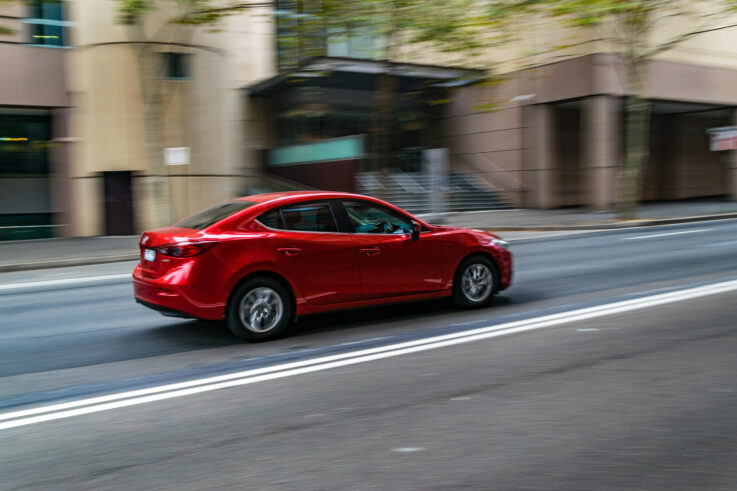Though there have been major manufacturing changes to vehicles over the past several decades, many car myths continue to permeate popular culture. While most maintenance-related car myths originated with a kernel of truth, most have since become unnecessary and, in some cases, far less beneficial for your vehicle. Below are three of the most common car myths that have been completely busted.
Automatic transmissions are less fuel-efficient than manual transmissions
Not so fast. While some drivers love the old-school look and feel of a stick shift, they’d be hard-pressed to argue in favor of modern manual transmissions when it comes to fuel economy. Back when automatic vehicles were relatively new, they were manufactured with a torque converter that coupled the engine between mechanical gears. This feature was used in place of the common manual vehicle’s clutch component and caused automatics to burn more fuel than manuals. Nowadays, automatics feature lock-up torque converters that essentially remove this issue, as well as other features, including six-to-seven speeds and cruise control, making automatic transmissions just as fuel-efficient as manuals.
Premium fuel is better than regular for your non-premium vehicle
This same mentality is why some drivers purchase synthetic oil over conventional oil even though their vehicle doesn’t necessarily require it. While Premium may look and sound like an oil grade that would be better for your vehicle, it simply indicates the gas is higher octane, not higher in quality or purity. It is true that Premium fuel is less combustible than regular oil, but this makes it ideal for more powerful engines. Be sure to consult your owner’s manual to pin down what’s required for your engine. The key word here is “required”, because if premium fuel is only recommended, your vehicle should run just fine of regular fuel.
Give your vehicle a few minutes to warm up if it’s cold out
This was good advice back when vehicles utilized carburetors, which needed to be warm in order for the engine to function properly. The industry has since moved from carburetors to electronic fuel injection, which uses sensors to adjust to temperature conditions. This essentially removes the need to give your vehicle idle time to warm up. In fact, driving your vehicle is the best wait to heat it, as most parts won’t begin heating unless you’re in motion. This will allow you to heat the interior of your vehicle faster, decrease emissions, and reduce fuel costs.
Are there any car myths you wish we addressed? Are there any “facts” about cars that you have a sneaking suspicion aren’t true? Run it by one of our car experts during your next visit to Atlantic Tire & Service.


